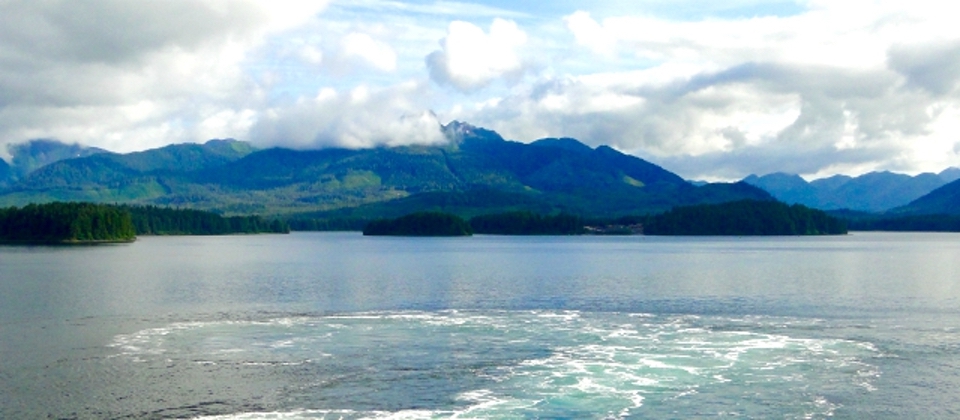Have you ever taken a ferry to Dry Tortugas National Park, or gone fishing for halibut off the coast of Alaska? If your answer is “yes,” chances are pretty good that you’ve been in one of our country’s marine conservation areas (also referred to as marine protected areas) without even realizing it. There are over 1,700 marine protected areas in the U.S. with different purposes and varying levels of protection, although some might be a bit more intriguing than others.

Human activity limits are set in marine conservation areas to help protect specific ecosystems, fisheries, or cultural resources. These limits are based on scientific research and can be established by all levels of government. A wide range of habitats can be included in conservation area activity limits, such as the ocean, coastal areas, inter-tidal zones, estuaries, and the Great Lakes.
Examples of Marine Conservation or Protected Areas. These examples of marine protected areas will remind you just how amazing and complex our ecosystems can be.
Situated about 70 miles west of Key West, lies Dry Tortugas National Park. The park is not just known for being home to historic Fort Jefferson, but also for its magnificent coral reefs and abundance in marine life. Commercial fishing at Dry Tortugas National Park is not permitted, and recreational fishing is restricted in order to protect the diverse range of fish species that can be found in this federal conservation area.
The Alaska Department of Fish and Game has restricted commercial dive fishing in these research areas with a primary conservation focus on sustainable production. The Southeast Alaska Dive Fishery Research Areas work to protect three species of invertebrates: sea cucumbers, red sea urchins, and geoducks. To assist with the fishing conservation efforts of these species, commercial dive fishing impacts are assessed on a rotational calendar. This way, invertebrate stocks can be surveyed or opened to commercial harvest every second, third, or more years, depending on the species and assessment results.
This 4,300 square-mile conservation area is located in northwestern Lake Huron. The sanctuary’s cold, fresh water preserves nearly 100 documented shipwrecks dating back to the mid-1800s. Through ongoing research and education, the sanctuary and its supporters work to ensure that Thunder Bay’s underwater treasures will be protected for future generations to witness first-hand.
https://www.takemefishing.org/blog/october-2017/5-amazing-marine-conservation-areas-why-we-need/
The Women's Outdoor News, aka The WON, features news, reviews and stories about women who are shooting, hunting, fishing and actively engaging in outdoor adventure. This publication is for women, by women. View all posts by The WON